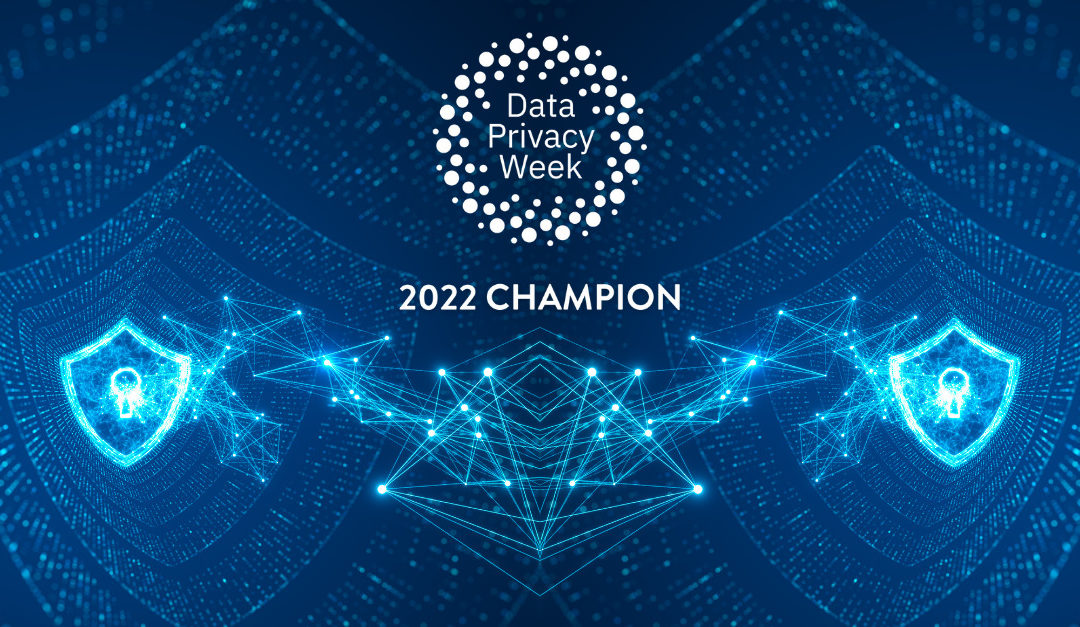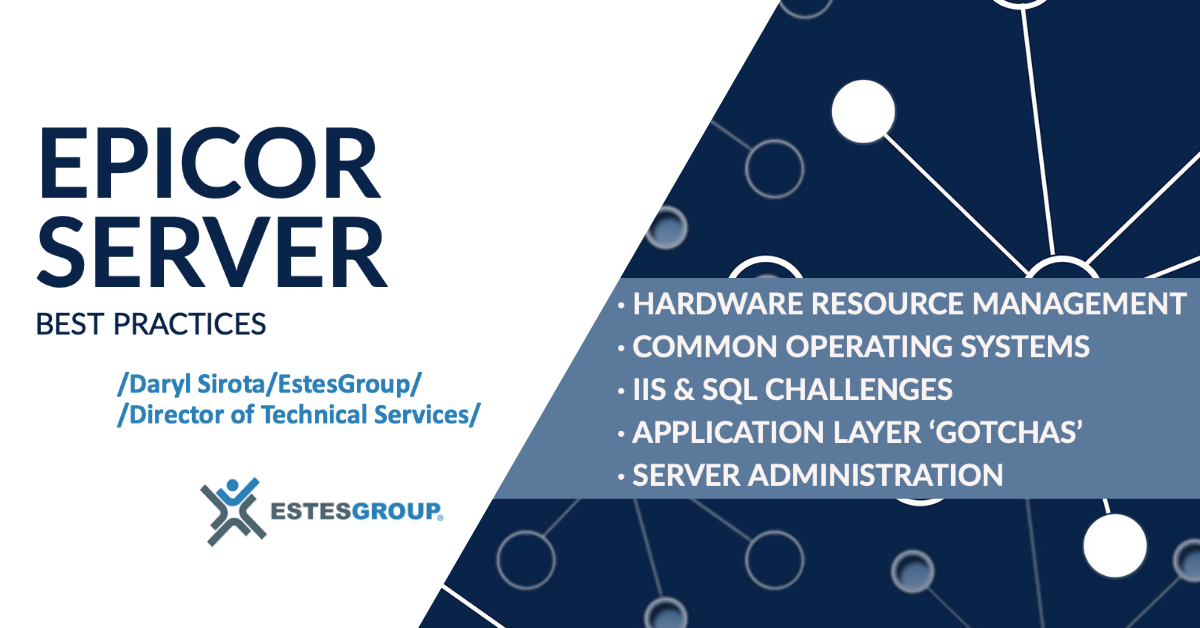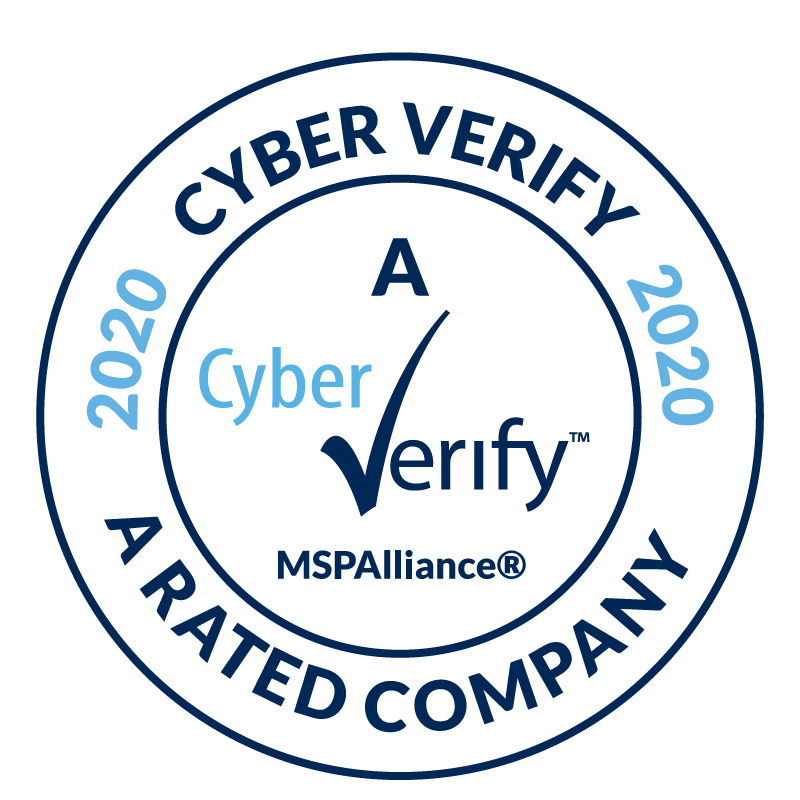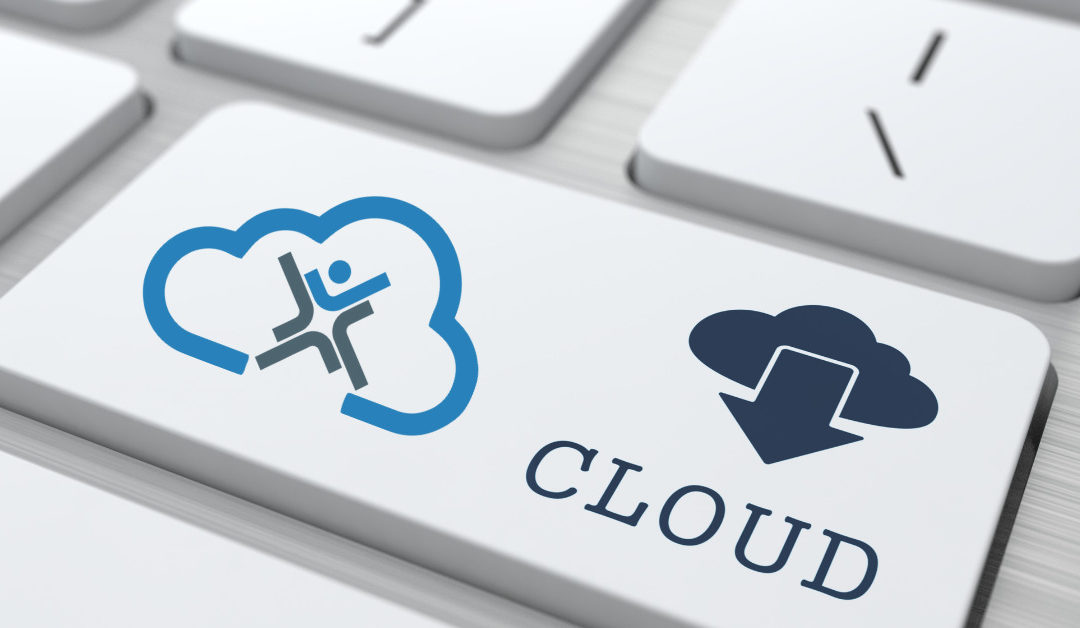
Go Hybrid Workforce, Go Hybrid Cloud
As part of a post-pandemic plan, businesses are solidifying and strengthening remote worker infrastructure and allowing employees to bounce between casual and corporate office settings. As a long-term commitment to flexible work environments and work-life balance, companies are increasing remote worker support by deploying private and hybrid cloud infrastructure to secure, protect, and optimize a hybrid workforce.
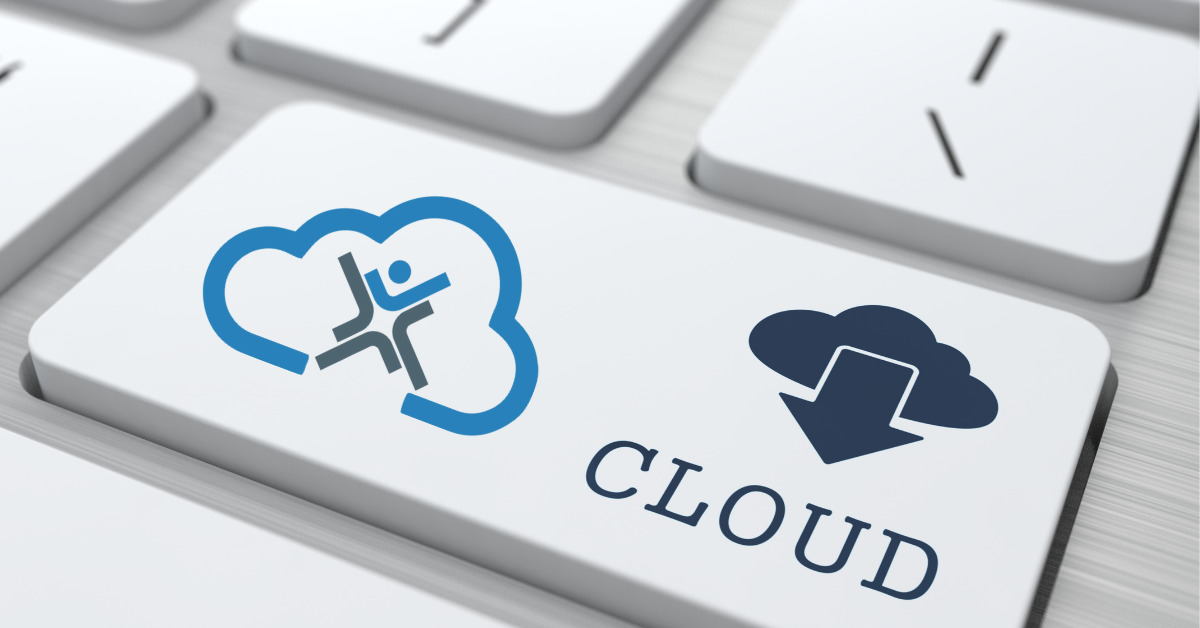
Solutions Like Microsoft Teams for Remote Teams
Teams are divided like never before, and this has proven to be a good thing. By allowing a hybrid workforce, you empower workers to choose the best setting for the work at hand. Social distancing requirements necessitated home offices, but in a post-pandemic era, that same flexible cloud-based infrastructure can allow workers to tap into secure software solutions, like Microsoft Teams, and complete their work from home, or from a hotel or other remote setting. Microsoft Teams provides an innovative toolset, giving remote workers everything they need to communicate and organize workflows.
When employees are dispersed, employers have to be creative with the software solutions they choose for basic business communication and operation. A secure network infrastructure needs to be properly managed so that productivity levels stay high. Employees must understand the tools they’re given, and they also need to be trained so that they understand the risks of remote connectivity. A software like Microsoft 365 comes with basic cybersecurity by default, but these cloud-based solutions require trained users, good management, and often need supplemental software and services, like SECaaS (Security as a Service).
Benefits of the Hybrid Cloud for a Hybrid Workforce
The main objective of a hybrid system, whether it be a hybrid cloud or a hybrid workforce, is to create optimal work productivity, low turnover of talented staff, and high ROI (return on investment) of purchased software and services. When you’re combining on-premise technology with remote enablement tools, you’ll need to invest in a cloud management team that understands the risks of hybrid systems.
Digital Transformation Results in More Access, Better Resources
In a hybrid cloud environment, employers can create coast-to-coast and even international teams without increasing the risk of a security breach. With managed IT services in place, companies can use specialized external staff to maintain the cloud platform, using technology to stay relevant and competitive.
Working with a Managed Service Provider (MSP) helps your business by giving you a complete suite of technology solutions and skills for every IT need that comes with hybrid systems. If your employees need to access your company data from a home office, then you can ensure that the web browser is protected by state-of-the-art cybersecurity solution.
What Cloud Does Your Hybrid Workforce Need?
If you’ve always done business in an on-premises infrastructure, then the shift to remote work might have put your sensitive data at risk early in the pandemic when companies weren’t aware of the risks of public cloud services and public cloud environments. Now that hybrid work is becoming a “benefit,” similar to a company discount program or company car, hybrid cloud solutions are replacing the basic web-browser access of the remote workforce of the past.
An off-premises data center can create a cost-effect hybrid cloud architecture, giving you a robust backup and disaster recovery solution for all of your software, including those that work by default in a public cloud capacity.
Can Public Clouds Turn Hybrid Workforces Into Hybrid Monsters?
If you Google “cloud,” you’ll see that a business cloud strategy means something different to everyone. When creating the cloud-based infrastructure for your remote employees, you should carefully design your cloud to give you the uptime, backup, and security you need to manage your business. Be leery of promises of the simplicity of public cloud offerings. Take on-premise technology and private cloud solutions into consideration before letting a third-party vendor limit you to the public cloud.

